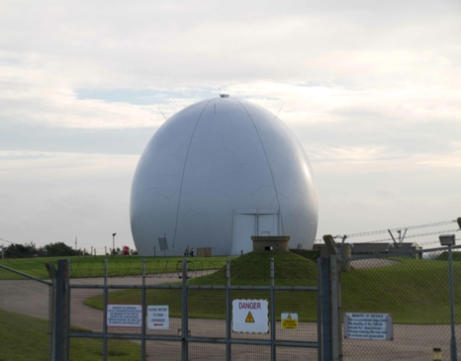An Iron Curtain has descended across the Continent
Following the end of WW II in 1945, it became clear than any harmony between the Western occupying powers (the Americans, French and the British) and their Eastern “ally”, the Soviet Union, was illusionary. Stalin, the Soviet leader, systematically set out to establish communism as a dominant force in Eastern Europe through a policy of occupation and repression.
Attempts by the West to establish a planned route to a free Europe at the Potsdam Conference in July 1945 proved futile and, by 1946, the battlelines were being drawn for the next major War, the Cold War – a war of ideologies (Capitalism vs Communism) which was to last until the disintegration of the Communist Bloc and the Soviet Union from 1991.
The ‘Cold War’ would develop into the largest and most expensive arms race in history. The terminology, Mutually Assured Destruction or MAD would become a common phrase used to describe this very tense and dangerous period in modern history.
The Iron Curtain is a term that received prominence after Winston Churchill’s speech in which he said that an “iron curtain has descended” across Europe. He was referring to the boundary line that divided Europe in two different political areas, Western Europe had political freedom, while Eastern Europe was under communist Soviet rule. The term also symbolized the way in which the Soviet Union blocked its territories from open contact with the West.


